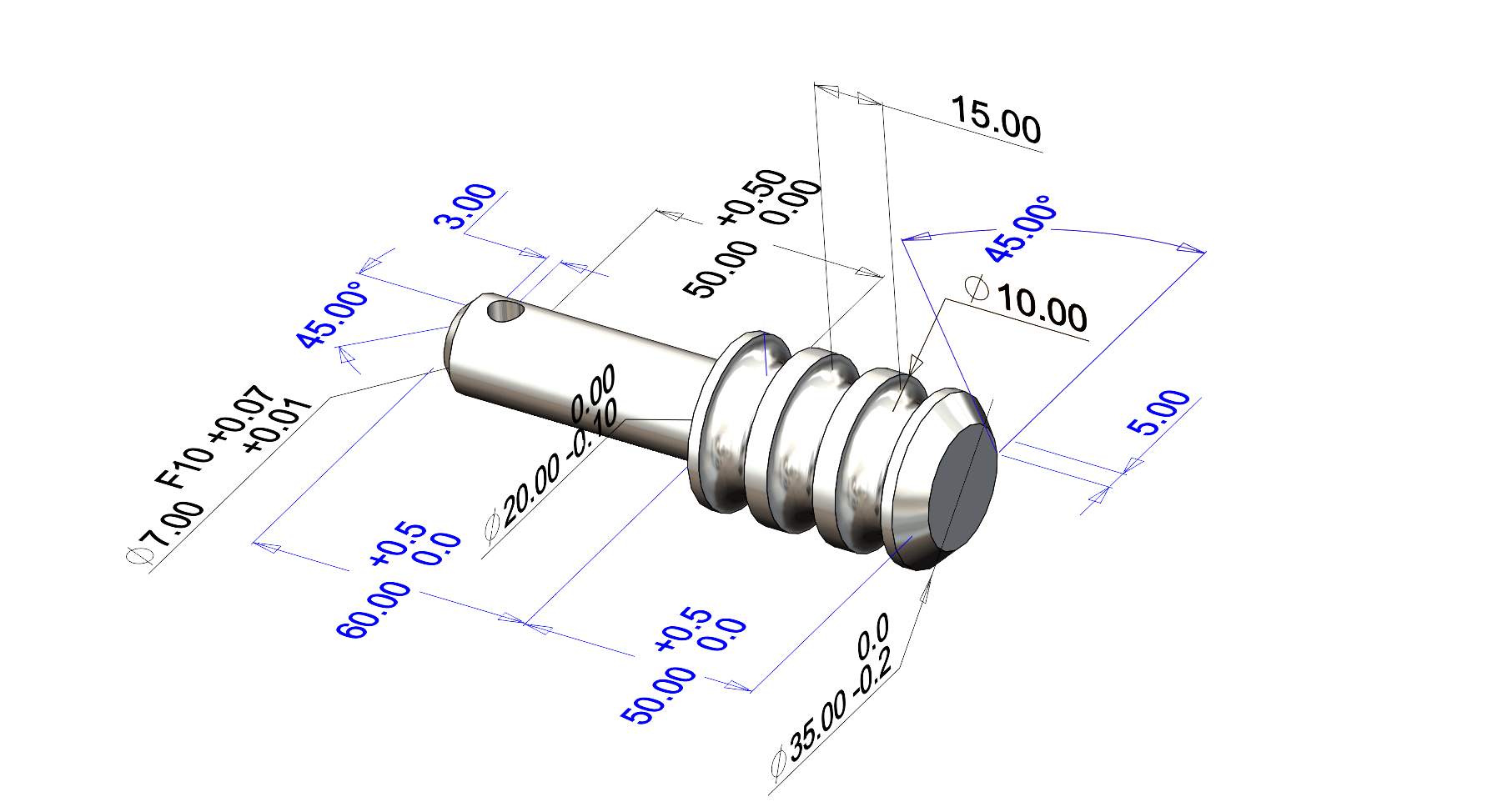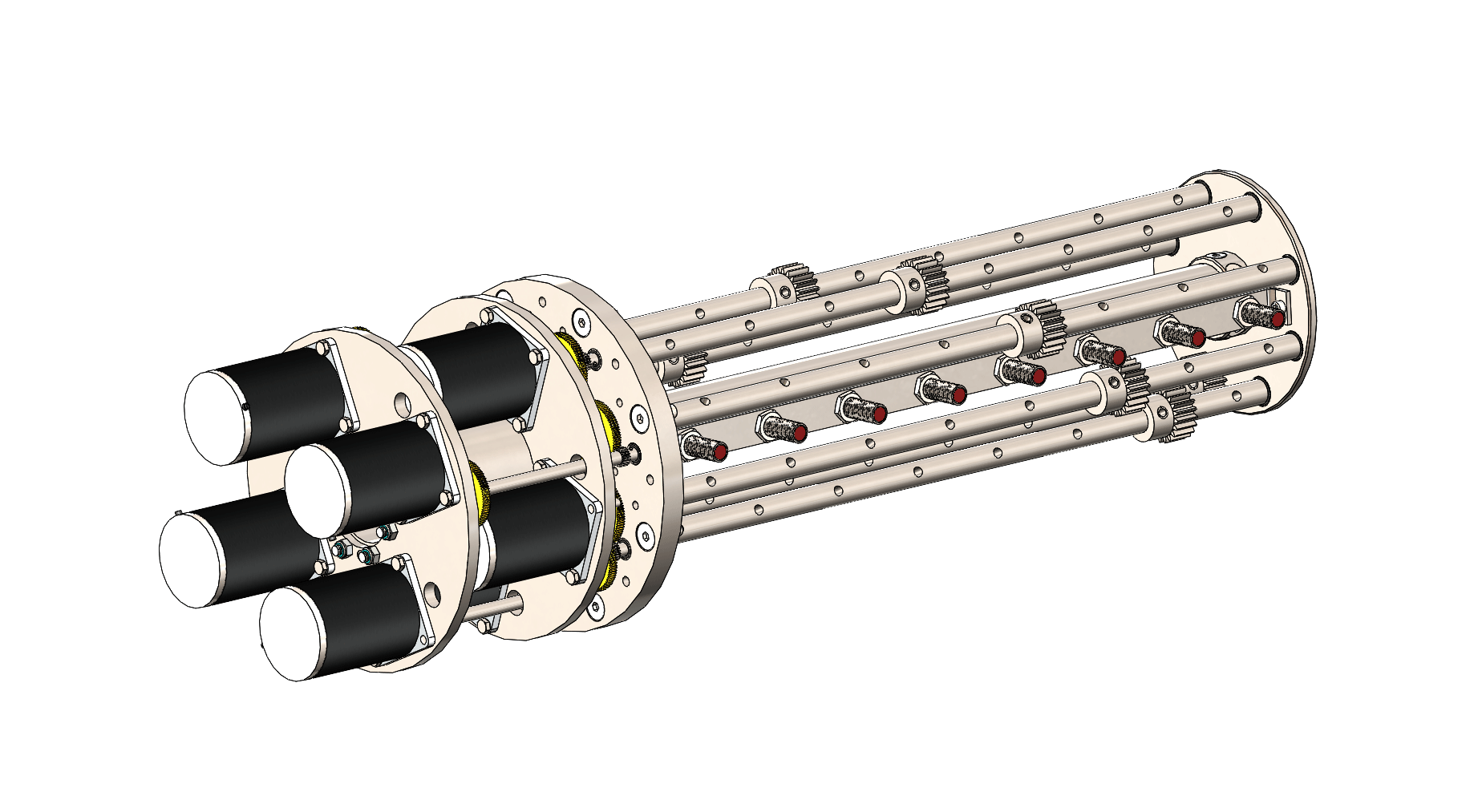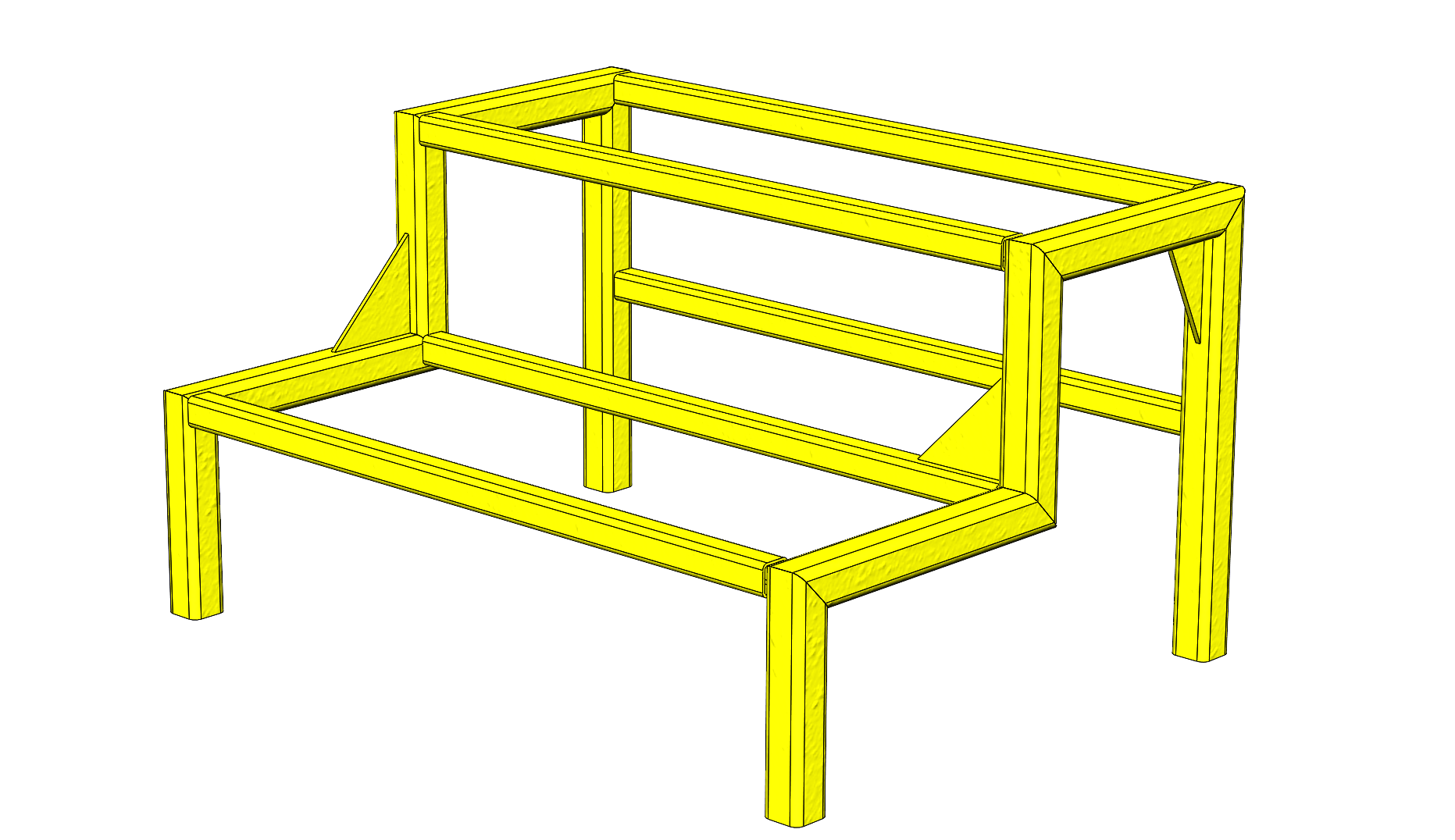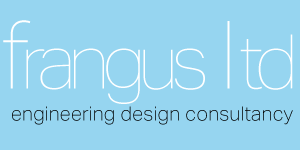Mathematical Modelling, 3d Modelling
Frangus offers mathematical and 3d modelling services for the design and development of mechanical products.
Mathematical Modelling
Our Engineers use advanced mathematical software and spreadsheet systems to model complex engineering problems and to document 'hand' calculations which can be used later in the design process to validate the results of FEA work.
3d Modelling of Parts
3d modelling of parts, sub-assemblies and complete products is the core function within our business. A properly constructed 3d part model fully defines the part, including its material properties, manufacturing tolerances and details of its finish.
Including all the manufacturing data within the part helps to avoid errors further down the line when the manufacturing drawings are produced.
3d Modelling of Assemblies
Once the 3d parts models have been fully constructed they are combined into assemblies.
Within each assembly the way the parts are fixed to each other is carefully set so that the assembly model mimics the real-life assembly as closely as possible.
Assemblies with moving parts can be used to check for collisions between parts, overloading of parts, and many other design errors which could lead to wasted time and expense during prototyping.
3d Modelling of Fabrications
Modelling of fabrications using standard sections is an extremely fast and accurate way to determine the correct lengths and cut angles for the parts of the structure saving significant time on the shop floor.
Mathematical Modelling
3d Parts Modelling
3d Assembly Modelling
3d Fabrication & Weldment Modelling

Part Modelling
Each part model carries all the manufacturing data for the real part including dimensions, tolerances, material and finish specifications.
Adding all this 'metadata' to the parts captures the design intent right at the start and this can be automatically added to drawings ensuring that none of this important information is lost between design and manufacture.

Assembly Modelling
Once the parts models are complete they are combined into sub-assemblies and the sub-assemblies built up into a model of the finished product.
Because the final assembly model includes every part, nut, bolt, clip, wire, fitting and pipe, full assembly models can be used to produce bills of materials, parts lists and fed into our rendering systems to produce photo-realistic images and animations.

Weldment Modelling
A weldment model is a special type of part model which carries the details of the various elements of the structure such as tube section, weld bead dimensions, weld bead type, gusset and cappling plate sizes.
The metadata contained within the weldment model can be aded to the drawings to give a fully detailed cuting list as well as all the part dimensions.
